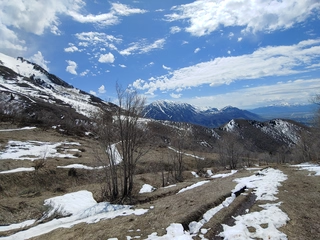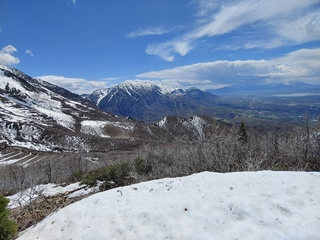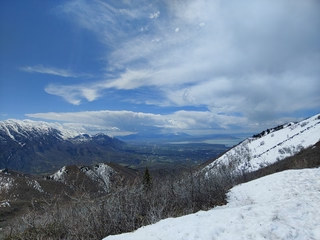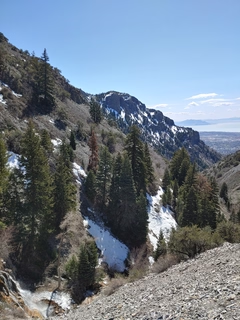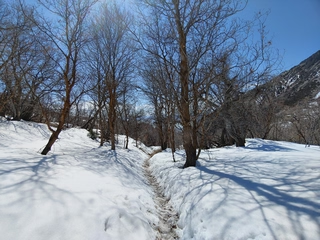How to game on Azure while minimizing cost
Posted on 28 April 2020
I left my desktop at school when I left when the campus got shut down, but I still wanted a way to ‘play warzone with the boys’. I experimented a bit and have found what as far as I can tell, is the cheapest way to set up a cloud machine game on Azure.
Costs/Savings for a cloud gaming machine breaks down like this:
- VM per hour pricing
- Switch to spot pricing
- Deallocate (stop from portal) when not in use
- Storage: monthly cost + disk operations cost
- Avoid managed disks: by default, VMs are provisioned with a 127 GB OS disk. If you make this an HDD, this runs up to ~5/month in fixed costs. And then expanding this or making a data disk for game data runs up your costs a lot more, and charges you even when you’re not using the machine. What’s more, you get charged for disk operations when it’s in use
- Store game data as a block blob and extract to the temp disk to avoid page blob charges and the associated disk operations costs. The temp disk also has almost 5x the performance of a premium SSD managed disk in my experience. Downloading/uploading is incredibly fast with 40 gigabit network interfaces installed on the VMs (although storage performance will bottleneck)
- Network costs: only outbound data is charged
- Make sure all storage and VM resources are in the same region
Dry Canyon Hike
Posted on 26 April 2020
Trail conditions as of 4/26/20: Towards the end of the dry canyon trail, there’s a bit of snow, but nothing I couldn’t handle with my pair of trailrunners. As you can see from the Strava recording, I went past that and to the trail to the top of big baldy, where there’s quite a bit of snow. I ultimately didn’t attempt the final summit of big baldy because I was alone due to social distancing so wanted to err on the super safe side, but it looked doable. It’s about half a mile out from where my recording ends.
read moreMaking RGB LED projects that pull from REST APIs easier
Posted on 30 November 2019
This is a framework I wrote that helps you create solutions that use a lot of RGB LEDs that are used to indicate statuses of various things pulled from web APIs. It’s written for ESP8266, but I don’t imagine it would be especially hard to adapt to other microcontroller platforms, especially if they’re arduino based. It’s got some nice abstraction logic to help handle multiple port expanders (MCP23017) and addressable LEDs (WS2812). I wrote it initially for this project.
read more